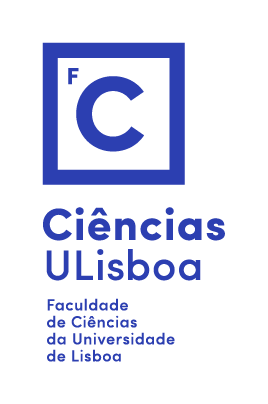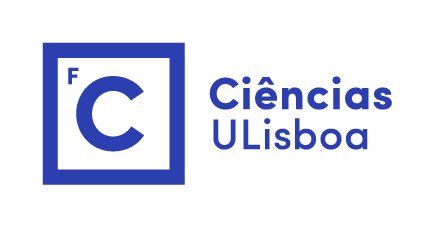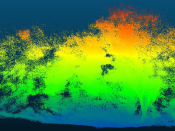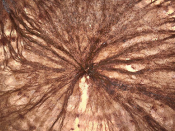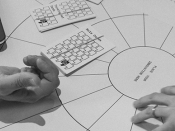Por Daniel Galaviz (Departamento de Física, Faculdade de Ciências da Universidade de Lisboa e LIP - Laboratório de Instrumentação e Física Experimental de Partículas).
Resumo: FAIR, the Facility for Antiprotons and Ion Research, is the major upgrade of the present GSI facility located at the city of Darmstadt, in Germany, and is a unique facility at the forefront of research with radioactive beams in the heart of Europe. In this facility, fundamental questions of the evolution of the universe, the structure of matter and its building blocks will be studied, using radioactive beams with unprecedented intensities allowing the production of very exotic isotopes for the first time. FAIR is built around four pillars: PANDA, CBM, APPA and NUSTAR.
Within NUSTAR (the pillar focusing on fundamental Nuclear Structure, Astrophysics and Reactions), our group has been involved in the R3B experiment, which is devoted to the study of Reactions with Relativistic Radioactive Beams. We have contributed to both detector developments and data analysis. During the talk I will focus on our contribution towards the R&D of two of the main detectors of the future experimental setup, the electromagnetic calorimeter CALIFA, and the neutron Time of Flight detector NeuLAND. In addition, we have concentrated our efforts in the study of reactions of neutron halo nuclei on protons in inverse kinematics, improving the understanding of reaction mechanisms at relativistic energies and insights of the interaction between nucleons.
With the first experiments starting in 2019, known as FAIR-0 Phase, we fully enter into an exciting new era of investigating unexplored regions of the nuclear chart. I would like to show some of the adventures we are facing in exotic nuclear physics… come and see for yourself.
Short bio: Daniel Galaviz is Assistant Professor at the Physics Department of the Faculty of Sciences of the University of Lisbon (FCUL). After obtaining his degree in Physics at the University of Salamanca (Spain) in 1999, his personal adventure has taken him to Holland, Germany, USA, Spain and now finally to Portugal. Within the framework of the ERASMUS program, he enrolled in Holland, and later to complete his Master thesis in Germany at the University of Technology Darmstadt. He continued to stay in Darmstadt (despite the rain) obtaining his PhD in Experimental Nuclear Astrophysics in 2004. He worked as a postdoctoral researcher at the Joint Institute of Nuclear Astrophysics (JINA) at the Michigan State University from 2004 till 2006. After that, he moved to Madrid to work at the Spanish Research Council (CSIC), where he stayed until June 2008 before moving to the Nuclear Physics Center of the University of Lisbon in the framework of the Ciência 2007 Program. Shortly after being selected as one of the first 80 researchers awarded with the FCT-Investigator program, he was hired at Ciências as an Assistant Professor in 2013.
His research activity is devoted to the field of experimental nuclear physics, with strong focus on the study of fundamental nuclear properties for nuclear structure purposes, but as well for the understanding of the production of elements in the Universe. He is now the Head of the NUC-RIA group at LIP, a member of the R3B collaboration at FAIR, and Portuguese scientific spokesperson for the European projects ENSAR2, and the COST action ChETEC (Chemical Elements as Tracers of the Evolution of the Cosmos).
